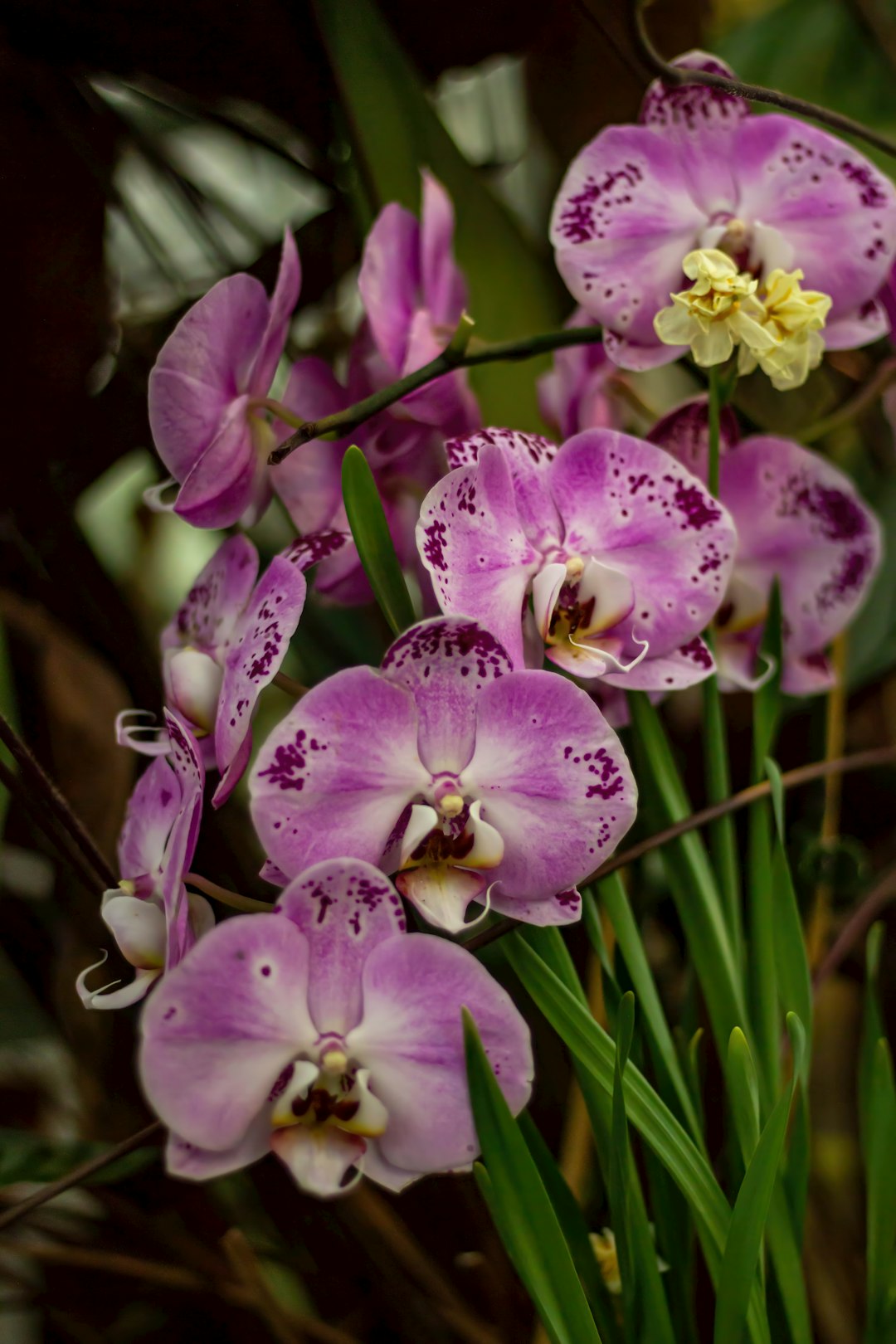Unveiling the Wonders of Catmint in Your Garden

Embarking on the journey of flowers gardening, perennials hold a special place, and catmint is one such gem. In this guide, we will delve deep into the art of growing catmint, covering everything from care tips to propagation, popular types, and companion plants.
First and foremost, let's understand the basics of catmint. Catmint, also known as Nepeta, is a genus of flowering plants in the mint family. It is a popular choice for gardens due to its beautiful flowers, aromatic foliage, and ability to attract pollinators such as bees and butterflies. There are several popular types of catmint that you can grow in your garden.
One of the most well - known types is Nepeta cataria, commonly referred to as catnip. It has a long history of use, not only in gardens but also for its effects on cats. Another popular variety is Nepeta mussinii, which is known for its lavender - blue flowers and compact growth habit. Nepeta faassenii is also a favorite among gardeners. It forms a dense mound of foliage and produces an abundance of blue - violet flowers throughout the summer.
When it comes to growing catmint, choosing the right location is crucial. Catmint thrives in full sun, which means it needs at least six hours of direct sunlight per day. However, it can also tolerate partial shade, although it may not flower as profusely. The soil should be well - drained. Catmint does not like wet feet, so avoid planting it in areas where water tends to pool. A soil with a pH between 6.0 and 7.5 is ideal for its growth.
Planting catmint is relatively straightforward. Dig a hole that is slightly larger than the root ball of the plant. Place the plant in the hole, making sure the top of the root ball is level with the soil surface. Backfill the hole with soil and gently firm it around the plant. Water the newly planted catmint thoroughly to help it settle in.
Care tips for catmint are essential to ensure its healthy growth. Watering is important, especially during the first growing season. Keep the soil evenly moist but not waterlogged. Once established, catmint is quite drought - tolerant. Fertilizing is not always necessary, but you can apply a balanced, slow - release fertilizer in the spring if you want to encourage more vigorous growth. Pruning is also an important part of catmint care. Deadheading, or removing the spent flowers, will encourage the plant to produce more blooms. In the fall, you can cut the plant back to a few inches above the ground to tidy it up and prepare it for winter.
Propagation of catmint can be done in several ways. One common method is by division. In the spring or fall, carefully dig up an established catmint plant. Use a sharp knife or garden shears to divide the plant into smaller sections, making sure each section has a good amount of roots. Replant the divided sections in the desired locations. Another method is by taking cuttings. In the summer, take 3 - 4 - inch stem cuttings from a healthy catmint plant. Remove the lower leaves and dip the cut end in rooting hormone. Plant the cuttings in a pot filled with a well - draining potting mix. Keep the soil moist and place the pot in a warm, bright location. Roots should develop in a few weeks.
Now, let's talk about companion plants for catmint. Catmint pairs well with many other plants in the garden. It looks great when planted with roses. The soft, billowy foliage of catmint provides a nice contrast to the structured growth of roses. It also helps to deter pests that may attack roses. Lavender is another excellent companion. Both plants have similar growing requirements and the combination of their purple - blue flowers creates a stunning visual display. Salvia is also a good choice. The tall, spiky flowers of salvia add vertical interest to a garden bed that includes catmint.
In conclusion, growing catmint in your garden can be a rewarding experience. With its beautiful flowers, aromatic foliage, and easy - care nature, it is a great addition to any flower garden. By following the care tips, propagation methods, and choosing the right companion plants, you can enjoy a thriving catmint plant for years to come.